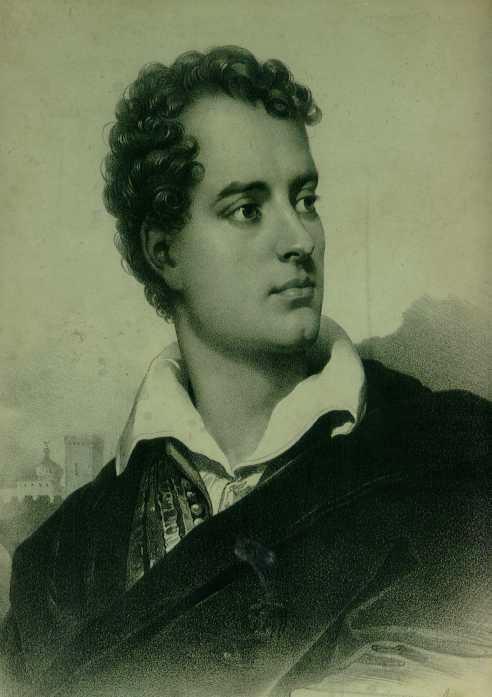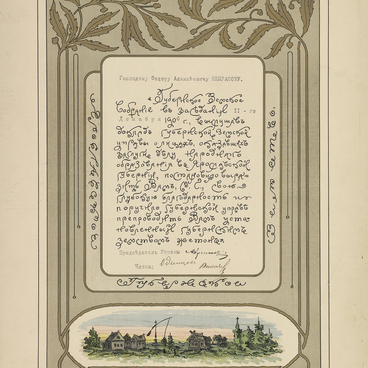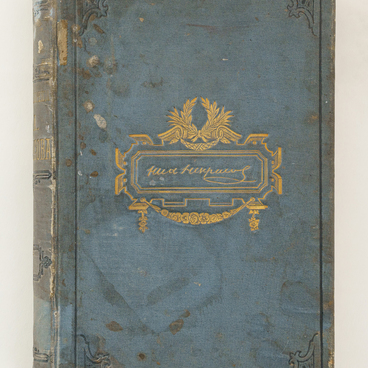The lithograph “Portrait of George Gordon Byron” was produced in 1826. It was handed over to the Nikolay Nekrasov Museum-Reserve “Karabikha” in 1952 from the collection of the Yaroslavl Museum of Local Lore.
George Gordon Byron was an English Romantic poet, a representative of the younger generation of British Romantics. He made such a significant contribution to literature that a new movement, called Byronism, emerged.
Byron’s poetry had a serious influence on the poetry of Nikolay Nekrasov. He recalled in his late autobiographical notes, which the poet dictated not long before his death in 1877, that he read Byron as a teenager and as a student at the Yaroslavl Men’s Gymnasium.
The Byronic intonations and themes remained relevant for Nekrasov at the very beginning of his creative path, at the time of creating the texts that made up the collection “Dreams and Sounds”. Literary scholars point out the fact that Byron’s poetry determined the key features of the structure of the poem “Who Is Happy in Russia?”.
Nekrasov’s journals “Sovremennik” and “Otechestvennye Zapiski” took a steady interest in publishing Byron’s poetry. Among his works that were printed were translations of the poems “Mazeppa” and “Parisina” with a dedication to Nekrasov, as well as fragments of “Childe Harold’s Pilgrimage” and others.
Byron’s texts were also available in the poet’s book collection at the Karabikha estate, as evidenced by the list of volumes compiled in 1903 by the poet’s niece Vera Nekrasova at the request of the researcher Pyotr Kartavov. Nikolay Nekrasov’s library was moved from Karabikha after the revolution in 1919 to the reading room of the people’s house in the village of Kresty near Yaroslavl.
In Russia, the English Romantic poet became widely
known thanks largely to the publication of the five-volume edition of “Byron in
Translations of Russian Poets”, which was compiled by the translator and poet
Nikolay Vasilyevich Gerbel and published in 1864. It was the second volume of
Gerbel’s second edition of 1874 that was discovered near the Karabikha estate.
Previously, this book belonged to Nikolay Nekrasov. In 1968, the book was
donated to the museum by a resident of Yaroslavl Yevgeny Alexandrovich
Malakhov. It was kept by his neighbor Dmitry Ivanovich Loshadkin, who once
lived in the village of Kresty near Yaroslavl, borrowed this volume in the
library and forgot to return it.



